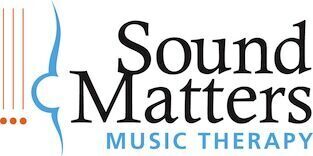recorded music
A song share
Yes, the musicality of this song is strange. The singer’s voice doesn’t sound like it should be singing these lyrics. But, I appreciate these lyrics as a music therapist. I was listening t... Read MoreOn environmental music
I love when I find other musicians who feel similarly about listening to music as I do. I went to a Labor Day Eve party (there is no reason Christmas can have an Eve and other holidays cannot; why not... Read More“Boléro” in the morning
I have always had trouble listening to music unless it is for a specific reason. Sometimes that reason is for research, sometimes it’s to keep me at a certain pace while exercising, and of cours... Read MoreFascination Station: Björk’s “Biophilia”
I love Björk. I have for years. I even liked how she sent me to tears for days in “Dancer in the Dark.” I find Björk to be a creative genius, with the beats she produces, the instrumen... Read MoreNewsPod and standards
I just listened to Friday’s podcast “NewsPod” from the BBC, and the last story describes how Yorkshire’s anthem, “Ilkla Moor Baht’At,” is dying out. A music t... Read MorePianist to the Presidents
Roger Williams, playing an excerpt from “Autum Leaves.” Known as the “pianist to the Presidents,” Williams died yesterday at the age of 87.... Read MoreFrom metal to melody
I have a client who is very interested in anything heavy metal — the clothes he wears, the guitar he has, and, of course, the music he wants to hear and learn. I have had a lot of difficulty fin... Read More- 2 of 2
- « Previous
- 1
- 2
